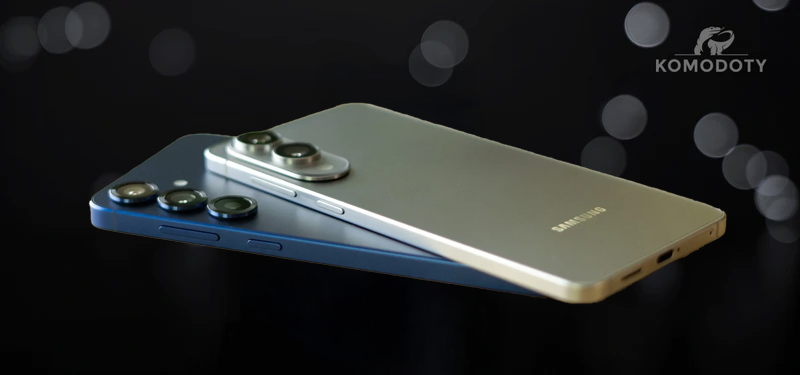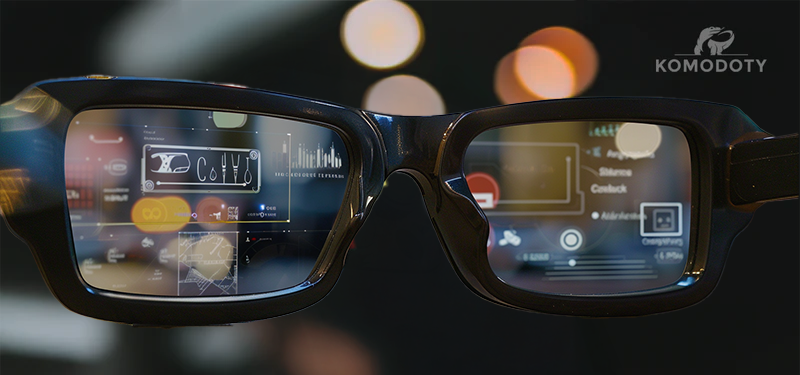iOS 26 Redefines the iPhone Experience—But Not for Everyone
Apple’s reveal of iOS 26 at WWDC 2025 marked the most consequential shift in iPhone design and functionality since iOS 7. Rather than simply redesigning the interface, Apple restructured the relationship between user and device with a new design system it calls Liquid Glass.
This translucent UI framework reacts to ambient light and movement, refracting around on-screen elements like widgets and app controls. The interface adapts in real time—dim under glare, bright in the shade—producing subtle yet noticeable changes in how content is perceived. Core apps like Camera, Safari, and Phone have adopted the design, resulting in what some describe as a visual overhaul, while others question its clarity.
To address concerns around readability, Apple is testing a “Reduce Transparency” mode, currently in beta, that scales back the visual layering for those who prefer clarity over styling.
Beyond aesthetics, Apple Intelligence integrates deeply into the OS. It brings live translation to Messages, FaceTime, and phone calls. It also introduces Visual Intelligence for on-screen content recognition and a new emoji generation tool called Genmoji. These features run entirely on-device, thanks to an updated A17+ chip requirement and Apple’s new foundation model framework—open to third-party developers.
The update includes a suite of practical additions: Call Screening, Hold Assist, in-app polls for Messages, auto-translated lyrics in Apple Music, smarter Wallet updates (like flight statuses and digital IDs), and memory-aware Apple Maps. All of this happens locally on your device—no cloud dependency, no waiting.
But there’s a catch: older iPhones are left behind. Devices lacking the A17 chip won’t access many of the headline features. It’s a quiet division of Apple’s user base into two tiers—those who can fully experience the update and those who won’t.
Siri, for example, remains largely unchanged until its scheduled overhaul in 2026. Despite Apple Intelligence touching nearly every part of iOS 26, Siri remains on pause. This gap between interface evolution and assistant functionality leaves a noticeable void.
Release-wise, the developer beta is live now, with public testing in August and a full rollout expected in September.
For users with recent hardware, iOS 26 signals a move toward context-aware interfaces and privacy-driven AI. For others, it may feel more like a visual update with little practical gain.
In the end, iOS 26 reflects Apple’s current philosophy: advanced features should match capable hardware. It raises critical questions for developers and consumers alike—what happens when your phone begins to pre-empt instead of respond? Can a translucent UI become intuitive, or will it hinder usability in favour of aesthetics?
This isn't about trends. It's about where the iPhone is heading next—and who gets to come along.




Laisser un commentaire
Ce site est protégé par hCaptcha, et la Politique de confidentialité et les Conditions de service de hCaptcha s’appliquent.